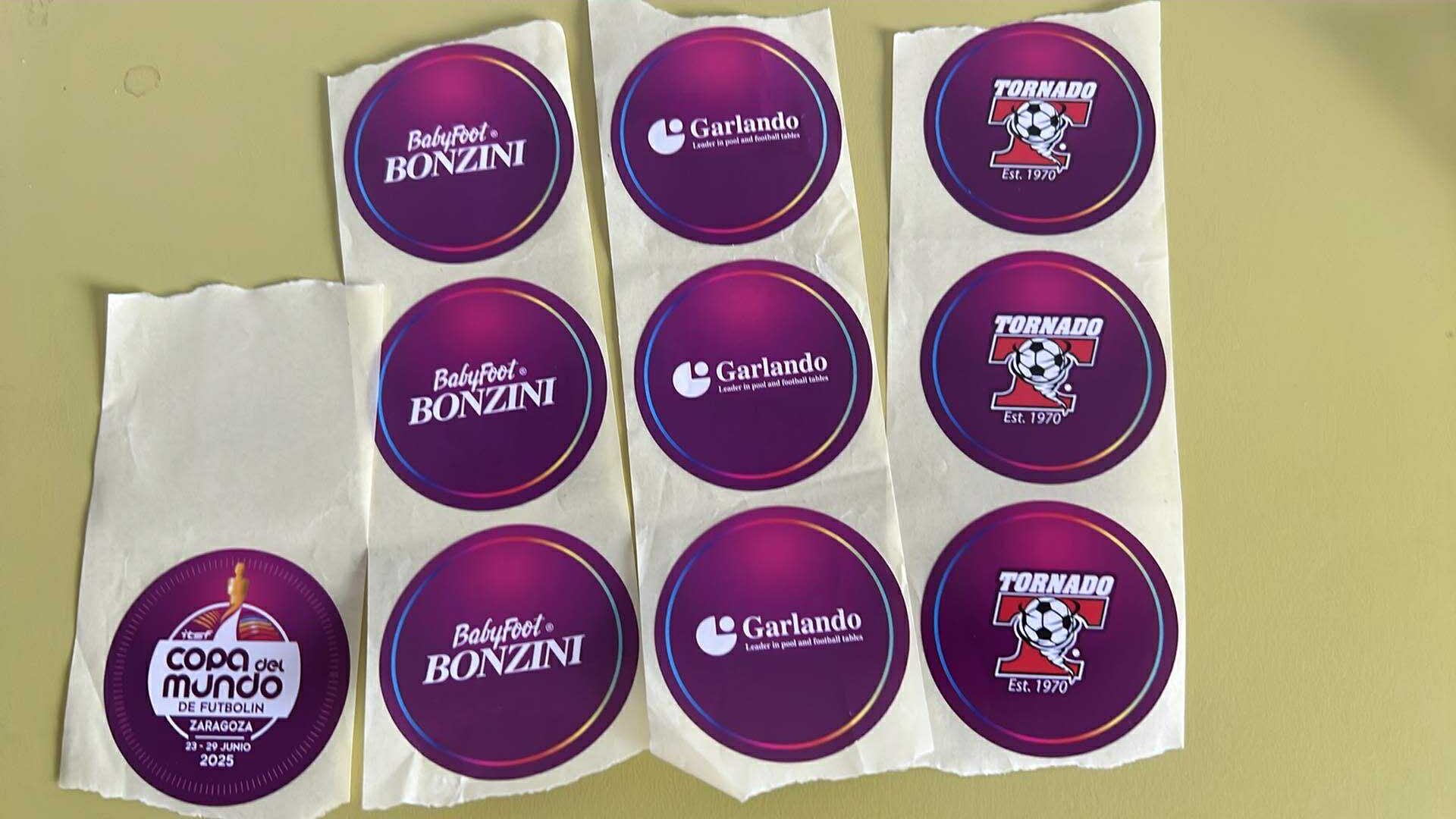UPDATE JUNE 8: we’re adding $100 to the pot for the Doubles tournament on Saturday, June 21.
Our schedule for June is set. We have a new table in position 1 at California Billiards, and it plays beautifully. It’s going to be a good summer.
As always, we will be playing every Tuesday night at California Billiards. We put the tables on free play from 7-8 PM, and anyone who wants to try out competitive foosball should come play some pick-up games or get practice tips. Tournaments run afterward from 8-11 PM.
June 3: Monster Doubles, Goalie Serves. This fun format requires goalies to be good at passing, clearing, and shooting. Forwards don’t start with the ball, so they have to earn all of their possessions by catching passes and loose balls, or with defensive steals. We play rounds with random partners from 8-10 PM. The top half of the field starts the playoffs at 10 PM.
June 10: Monster Points Race. Random partners each round, and no playoffs. We play matches to 10 points, to encourage more strategy as teams learn strengths and weaknesses.
June 17: Monster Doubles. Random partners from 8-10 PM, and playoffs from 10-11 PM.
June 21: June Double Header! We’ll start Open Singles at 2 PM, and run a doubles Shake-n-Bake at 6 PM. $100 added. You can bring a partner if you’ve got one, or take a random partner and a chance at winning $50 as the best draw team. We’re also adding $50 to the overall pot. Details on the calendar and FB event.
June 24: Monster Doubles, Singles Playoffs. Random partners from 8-10 PM, top half of the field enters a singles playoff that runs from 8-11:30 PM.






